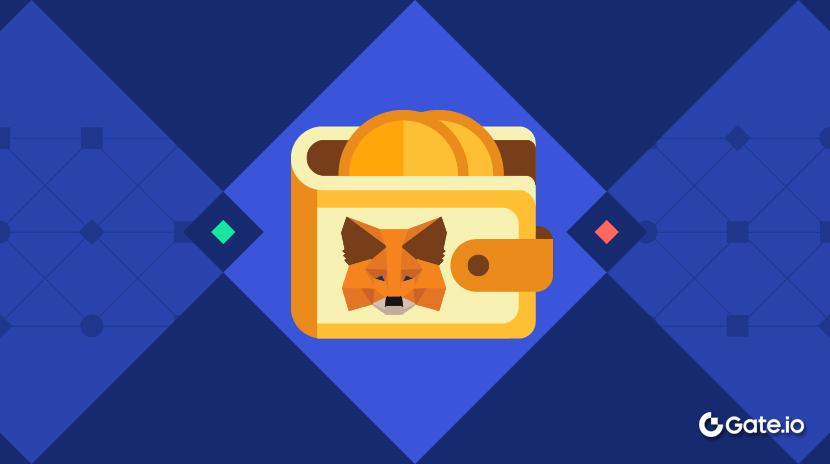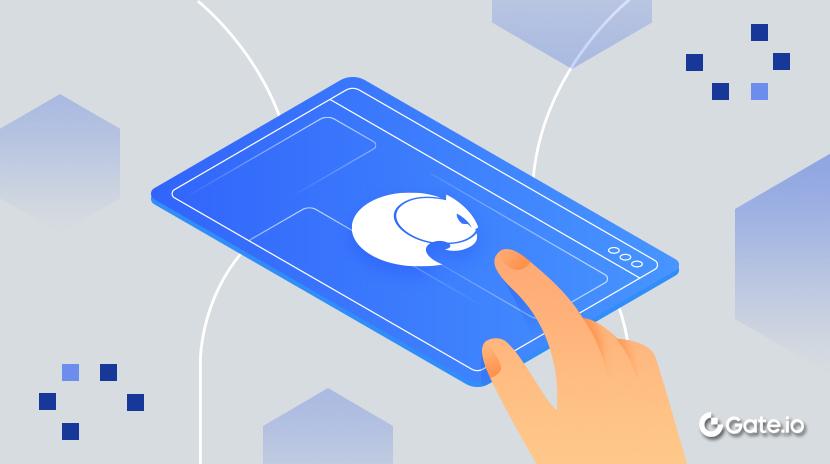如何布局以太坊隐私 L2 破局者 Aztec?
文章透过介绍 Aztec 如何利用零知识证明技术实现隐私保护,解析区块链技术在隐私与透明度之间寻求平衡的新途径。转发原文标题《淘金手册|如何布局以太坊隐私 L2 破局者 Aztec?》
在区块链技术的发展进程中,隐私保护与透明度之间的矛盾始终是行业关注的焦点。以太坊凭借强大的去中心化特性与可验证性构建起信任基石,但交易数据完全公开的机制,却使得用户隐私暴露在无死角的监控之下。
在这样的背景下,Aztec 隐私网络的出现,为解决这一矛盾带来了新的可能。2025 年 5 月 1 日,Aztec 正式上线公共测试网络,并首次向开发者开放权限,这意味着开发者们能够基于以太坊生态,构建具备完全隐私保护能力的应用程序。
作为以太坊生态中的隐私 Layer2 解决方案,Aztec 运用零知识证明技术,为用户和 DApp 提供了可编程的隐私保护方案和低成本的交易处理。本文将从项目概况、核心团队与融资历程、项目发展脉络、交互操作指南几大维度展开介绍。
Aztec 背景如何?
Aztec 由 Aztec Labs 开发,成立于 2017 年。Aztec Labs 采用全员远程办公模式,官网目前列出来 67 名团队成员。部分核心领导层如下:
- 联合创始人兼 CEO Zac Williamson:零知识证明系统 PLONK 联合发明人,拥有牛津大学粒子物理学博士学位。
- 联合创始人兼总裁 Joe Andrews:EF9 Cohort 成员,拥有伦敦帝国学院材料科学学士学位,曾任硅谷食品科技公司 Radish CTO。
- 联合创始人 Tom Walton Pocock:曾担任 Aztec CEO,目前不在 Aztec 官网团队成员清单中。
- CTO Charlie Lye:拥有赫瑞瓦特大学计算机科学学士,20 年经验。曾任 Triptease 首席工程师、彭博 C++ 工程师和 BetFair C++ 工程师。
- COO Lisa Cuesta Bunin:哈佛大学工商管理硕士,宾夕法尼亚大学沃顿商学院理学士。曾任 NextGen Venture Partners 负责人,该公司已被 Brown Advisory 收购。
- CMO Claire Kart:曾任职于 RISC Zero、Mina Foundation(创始人)、O(1) Labs、Ripple、SoFi 等公司。
- CFO Scott Siversen:ShapeShift 前 CFO。
融资方面,Aztec 吸引了众多资本的青睐,累计融资额达到 1.19 亿美元以上。
2018 年 11 月份,Aztec 完成 210 万美元种子轮融资,Consensys Labs 领投。
2021 年 12 月份,Aztec 完成 1700 万美元 A 轮融资,Paradigm 领投,a_capital、Ethereal Ventures 和 Libertus Capital、Variant Fund、Nascent、IMToken、Scalar Capital、Defi Alliance、IOSG Ventures 和 ZK Validator 等参投,天使投资人包括 Anthony Sassano、Stani Kulechov、Bankless、Defi Dad、Mariano Conti 和 Vitalik Buterin。
2022 年 12 月份,Aztec 完成 1 亿美元 B 轮融资,由 a16z crypto 领投,A Capital、King River、Variant、SV Angel、Hash Key、Fenbushi 和 AVG 等参投。
Aztec 是什么?
Aztec 是一个以隐私为核心的以太坊 L2 扩展网络,致力于在以太坊上实现用户隐私,同时支持可编程的智能合约。
那 Aztec 如何增加隐私的?Aztec 在 zk-Rollup 的 zk-SNARK 电路中编码了额外的检查,引入了私有状态和私有函数的概念,从根源上保障每笔交易的隐私安全。
具体而言,Aztec 采用私有函数和公共函数协同工作的模型。私有函数在用户的本地设备上执行,保护隐私,生成证明;公开函数在 Aztec 自己的虚拟机(AVM)上由排序器执行,操作公开状态,所有人都能看到。一笔交易可同时包含私有与公共函数调用,且严格遵循先本地执行私有函数、再在 AVM 执行公共函数的顺序。
值得一提的是,由于 Aztec 的隐私机制强烈依赖客户端本地生成证明和加密数据,且与 EVM 架构不兼容,因此不是 EVM 兼容的。并且,Aztec 自创了新的虚拟机——AVM(Aztec Virtual Machine)。AVM 合约用 Noir(专为零知识应用和隐私合约设计)编写,编译为 ZK 电路,每个函数就是一个 ZK SNARK 验证密钥。
状态模型方面,Aztec 采用私有和公开状态混合模型。公开状态由排序器存储和更新,排序器执行状态转换,生成正确执行的证明(或将证明生成委托给证明者网络),并将相关数据发布到以太坊。
而私有状态以 UTXO(未使用交易输出,Aztec 称之为 Notes)形式存储,只有持有者可以解密。Notes 的哈希值存储于 Merkle tree(note hash tree)中,当你「花费」一个 note 时,Aztec 会将原 note 的 commitment 标记为已「作废」(nullified),并创建新的 note,分配给新的拥有者,实现类似现金找零的效果。外部观察者无法追踪资金流向。
根据 Aztec 举例,Notes 与现金类似,但略有不同。在现实生活中,当你想花 3.50 美元时,你会把 5 美元纸币交给收银员,收银员会保留 3.50 美元,并找你总计 1.50 美元的纸币。在 Aztec 上使用 private notes 时,当你想花 5 美元的 note 时,你会将其作废,并创建一张 1.5 美元的 note(持有者是你本人)以及一张 3.5 美元的纸币(持有者是收款人)。只有你和收款人知道这笔 3.5 美元的交易,他们并不知道你「拆分」了这张 5 美元的纸币。
Aztec 发展脉络与里程碑
Aztec Labs 最初目标是构建一个链上债务平台 CreditMint。不过,后来团队在实践中发现,缺乏隐私保障的公共区块链无法广泛赢得用户信任,这一洞察促使 Aztec 果断转向隐私技术开发。
2019 年 Aztec 团队发布零知识证明系统 PLONK,显著降低证明生成和验证成本。
2021 年和 2022 年,Aztec 先后推出 zk.money 和 Aztec Connect(以太坊隐私 DeFi 解决方案 Aztec Connect)。
2022 年末,Aztec 发布开源零知识编程语言 Noir(基于 Rust),简化隐私智能合约开发,降低开发者进入门槛。
2023 年,Aztec 战略调整停用 zk.money 和 Aztec Connect,全力向完全去中心化的 ZK Rollup 转型,聚焦 Noir 语言与下一代加密区块链开发。
2025 年 2 月份,Aztec 推出 Aztec 基金会,基金会将在增强自由的密码学领域开展基础研究,还将为开发者提供支持,帮助他们开发创新应用,保护用户隐私,确保合规性,并维护零知识证明的通用语言 Noir。
2025 年 5 月 1 日,Aztec 推出 Aztec 公共测试网,旨在主网发布前,对排序、证明和治理方面的去中心化进行严格测试。
Aztec 公共测试网
Aztec 致力于成为以太坊上完全去中心化、无需许可且注重隐私保护的 Layer2 网络。Aztec 公共测试网是一个让开发者、节点运营者和普通用户一起探索隐私区块链的平台,围绕以下三个去中心化要求展开测试:去中心化排序、去中心化证明以及去中心化治理等机制。
去中心化排序方面,任何人都可以运行排序器节点,参与交易排序、区块提议和验证其他排序节点生成的区块。排序网络采用类似以太坊的 PoS 机制,但区块验证由随机选择的 48 个序列器完成,三分之二验证通过即可确认区块,实现快速预确认与,同时利用以太坊确保最终结算的安全性。
去中心化证明方面,证明者生成加密证明,用于验证公开交易的正确性,最终形成一个提交给以太坊的 Rollup 证明。Aztec Labs 开发的证明客户端包含三个组件:证明节点识别未经证明的时期(32 个区块的集合)并创建单独的证明工作;证明经纪人(Proving brokers)将这些证明作业请求添加到队列中,并将其分配给空闲的证明代理;证明代理计算实际证明。最终证明计算完成后,证明节点会将证明发送至 L1 进行验证。Aztec 网络会将证明奖励分配给所有按时提交证明的用户,从而降低由拥有大量计算能力的实体主导网络的中心化风险。
有何参与方式?
1、针对开发者:登录开发者登录页面(https://aztec.network/developers),使用公共和私有组件定制和部署合约。
2、针对节点运营者:
排序器节点使用普通消费级硬件即可参与。(戳此了解运行指南)
证明者节点需要更高算力,参与生成零知识证明。戳此了解运行指南(根据 Aztec 官方,运行证明器节点比运行序列器节点对硬件的要求更高,大约需要 40 台机器,每台机器预计配备 16 个核心和 128GB 内存。)
需要强调的是,由于运行证明器的成本可能很高,并且在测试网和主网产生的成本相同,Aztec 的公共测试网将交易速度限制为每秒 0.2 笔 (TPS)。
当然,Aztec 也强调,「不搞空投,不搞营销噱头。只想创建一个由高技能运营者组成的社区。」不过,Aztec 表示,运行节点能获得 Discord 身份组。
3、针对普通用户:
交互Aztec 生态:
- 创建 Obsidion 或 Azguard钱包;
- 在 Human Tech 跨链:将以太坊测试网代币跨链过来;
- 在 NEMI 兑换(目前需要访问 code);
- Raven House NFT 市场交互。
声明:
- 本文转载自 [Foresight News],原文标题《淘金手册|如何布局以太坊隐私 L2 破局者 Aztec?》,著作权归属原作者 [ KarenZ,Foresight News ],如对转载有异议,请联系 Gate Learn团队,团队会根据相关流程尽速处理。
- 免责声明:本文所表达的观点和意见仅代表作者个人观点,不构成任何投资建议。
- 文章其他语言版本由 Gate Learn 团队翻译, 在未提及 [Gate] 的情况下不得复制、传播或抄袭经翻译文章。
相关文章
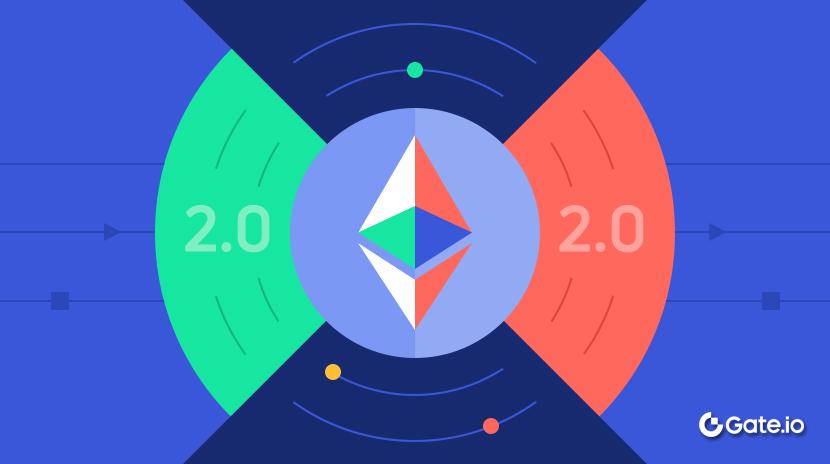
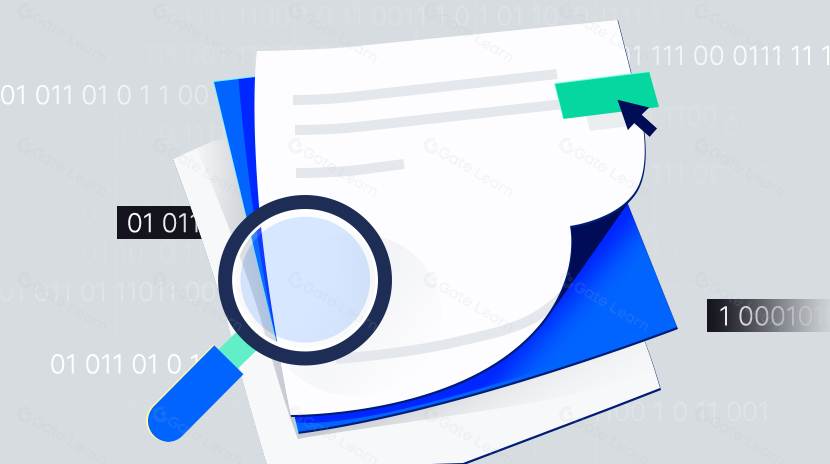
CKB:闪电网络促新局,落地场景需发力
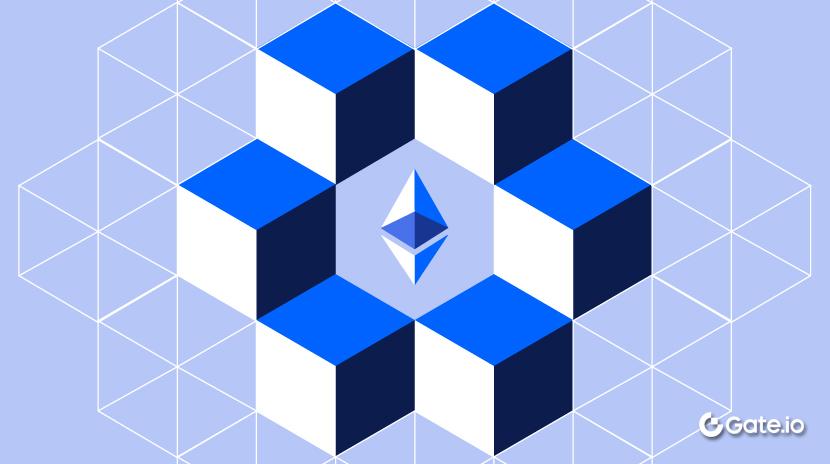
如何质押 ETH?

什么是以太坊?
